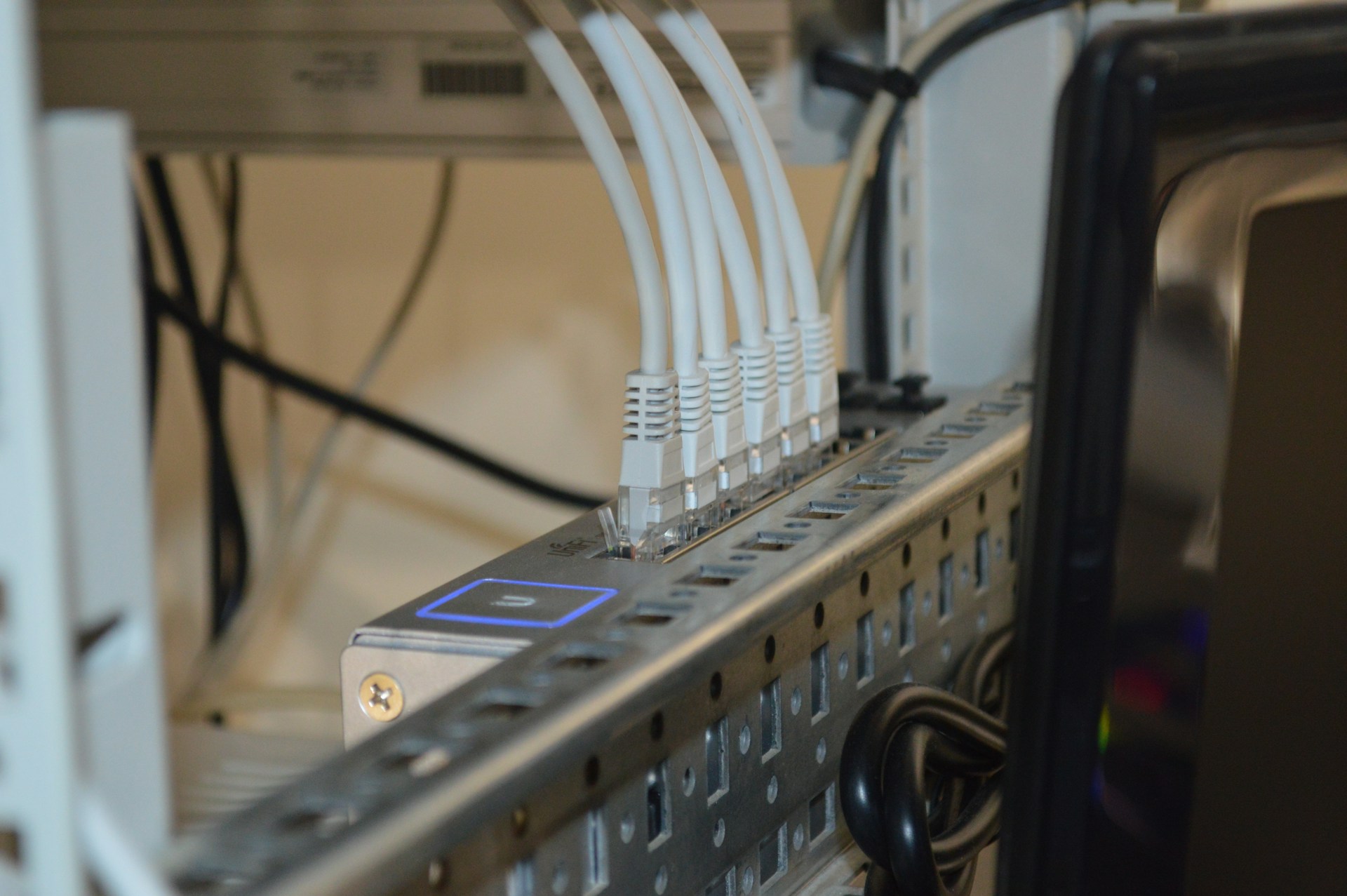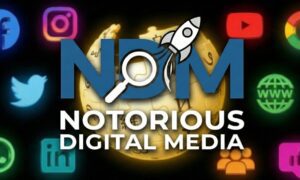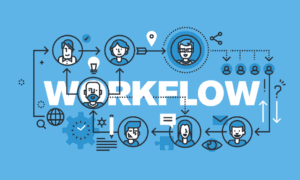In an era where digital communication drives success, businesses need dependable and high-speed internet solutions. Leased lines have gained prominence among the array of options for their unmatched reliability and performance. But what are leased lines, and why are they a preferred choice for businesses?
Defining Leased Lines
A leased line is a dedicated, fixed-capacity data connection that operates exclusively for the subscribing business. Unlike broadband, which is shared among multiple users, a leased line ensures consistent bandwidth availability, regardless of traffic fluctuations. This exclusivity makes it an ideal solution for enterprises that require uninterrupted connectivity.
Leased lines are commonly used for connecting corporate offices, data centres, or for providing reliable internet access. They also support services like Voice over IP (VoIP) and virtual private networks (VPNs).
Core Characteristics of Leased Lines
- Exclusive Bandwidth Leased lines offer businesses sole access to their bandwidth, ensuring stable speeds even during peak usage periods. This consistency is vital for cloud computing, video conferencing, and other bandwidth-intensive activities.
- Symmetrical Speeds With identical upload and download speeds, leased lines cater to businesses that rely on two-way data flow, such as file uploads, server hosting, or remote working solutions.
- Low Latency Reduced delay is a hallmark of leased lines, which ensures seamless performance for real-time applications like VoIP, online gaming, and live streaming.
- Guaranteed Service Levels Service Level Agreements (SLAs) provided by leased line providers outline commitments to uptime, response times, and issue resolution. This ensures businesses experience minimal disruptions.
Why Leased Lines Benefit Businesses
- Boosted Productivity Employees can work without delays, benefiting from uninterrupted access to online tools, cloud applications, and remote collaboration platforms.
- Elevated Customer Satisfaction Reliable connectivity enhances the delivery of online services, ensuring clients enjoy smooth interactions and reducing the likelihood of dissatisfaction.
- Scalable Solutions Businesses can upgrade leased line bandwidth as their needs grow, making it a future-proof investment.
- Enhanced Data Security Operating on a private connection, leased lines minimize risks of data breaches and cyberattacks, making them ideal for sensitive transactions.
Applications of Leased Lines
Leased lines find applications across various industries, each leveraging their unique benefits to address specific challenges:
- Corporate Networks: Connecting multiple office locations with a secure and reliable network ensures seamless communication and data sharing. Businesses can set up private networks that enable real-time collaboration between teams in different geographical locations.
- Healthcare: Hospitals and clinics benefit from leased lines by ensuring stable connections for telemedicine, accessing electronic health records, and coordinating with external medical facilities.
- Retail: Retail businesses with multiple stores use leased lines for secure payment processing, inventory management, and customer engagement platforms.
- Education: Schools and universities rely on leased lines for uninterrupted online learning, accessing digital resources, and managing administrative tasks.
Comparing Leased Lines with Other Connectivity Options
Businesses often face the dilemma of choosing between leased lines and other connectivity options like broadband or fiber. Here are some key differences to consider:
- Reliability: Broadband connections are shared, which can result in variable speeds during peak hours. Leased lines, on the other hand, offer guaranteed speeds and uptime.
- Speed Symmetry: Most broadband services provide asymmetrical speeds, favoring downloads over uploads. Leased lines deliver symmetrical speeds, which are crucial for businesses handling significant data uploads.
- Cost: While leased lines are more expensive, their performance benefits often justify the higher investment, particularly for businesses where downtime leads to significant losses.
- Service Guarantees: Leased lines typically include SLAs, offering peace of mind with guaranteed response times and reliability. Broadband providers may not offer the same level of assurance.
Overcoming Challenges with Leased Lines
While leased lines offer significant advantages, businesses must navigate certain challenges when adopting this solution:
- Initial Costs: The installation and subscription fees for leased lines are higher compared to broadband. However, the long-term benefits in productivity and reliability often offset these costs.
- Installation Time: Setting up a leased line can take longer due to the need for physical infrastructure. Businesses should plan for this lead time when transitioning to leased lines.
- Scalability Considerations: While leased lines are scalable, businesses must accurately forecast their future bandwidth needs to avoid unnecessary upgrades or underutilization.
How to Choose the Right Leased Line Provider
Selecting the right provider is critical to maximizing the benefits of leased lines. Consider the following factors:
- Reputation: Research the provider’s track record and read reviews from other businesses in your industry.
- SLAs: Examine the service level agreements for guarantees on uptime, response times, and issue resolution.
- Support: Ensure the provider offers 24/7 customer support to address any potential issues promptly.
- Customization: Choose a provider that can tailor their services to match your specific business requirements.
Future Trends in Leased Line Technology
As technology evolves, leased lines are also undergoing advancements to meet the growing demands of businesses. Emerging trends include:
- Higher Bandwidth Options: Providers are increasingly offering higher bandwidth packages to support data-heavy operations like AI, big data analysis, and video production.
- Integration with 5G: The integration of leased lines with 5G technology promises even lower latency and faster speeds, enabling innovative applications in industries like healthcare and manufacturing.
- Enhanced Security Protocols: With cybersecurity threats on the rise, leased line providers are implementing advanced encryption and monitoring tools to ensure data integrity and safety.
Conclusion
Leased lines are more than just an internet connection—they’re a strategic investment for businesses that value reliability, speed, and security. While the initial costs may seem high, the long-term benefits of enhanced productivity, seamless operations, and satisfied customers make leased lines a compelling choice. By understanding their unique requirements, comparing providers, and planning for future scalability, businesses can unlock the full potential of leased lines and position themselves for sustained growth in an increasingly connected world.





























